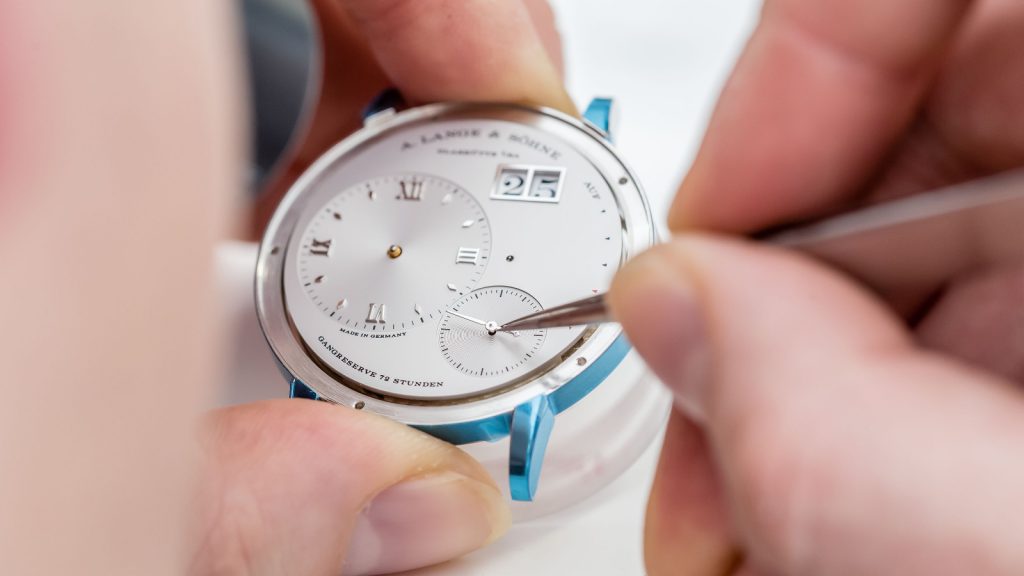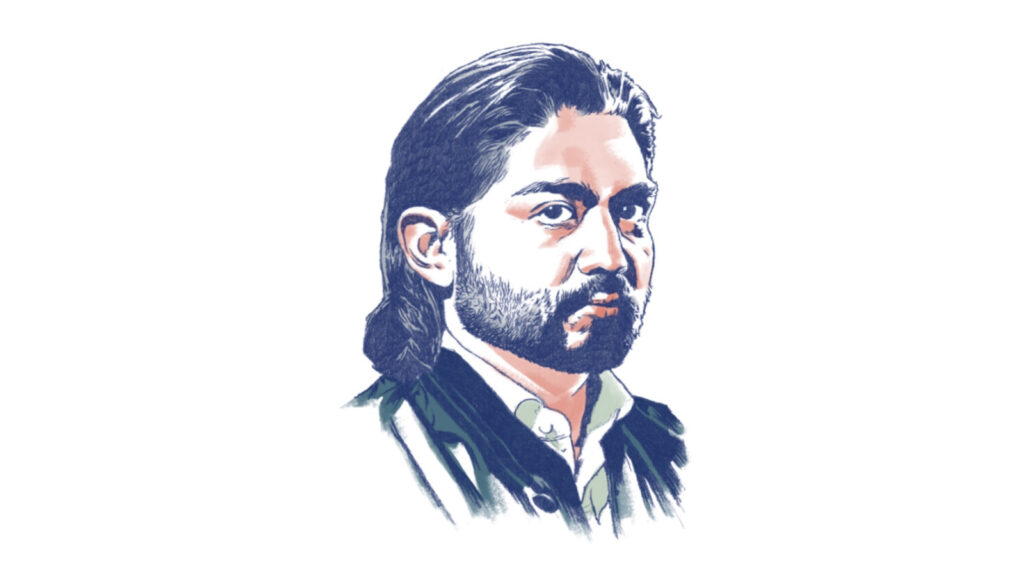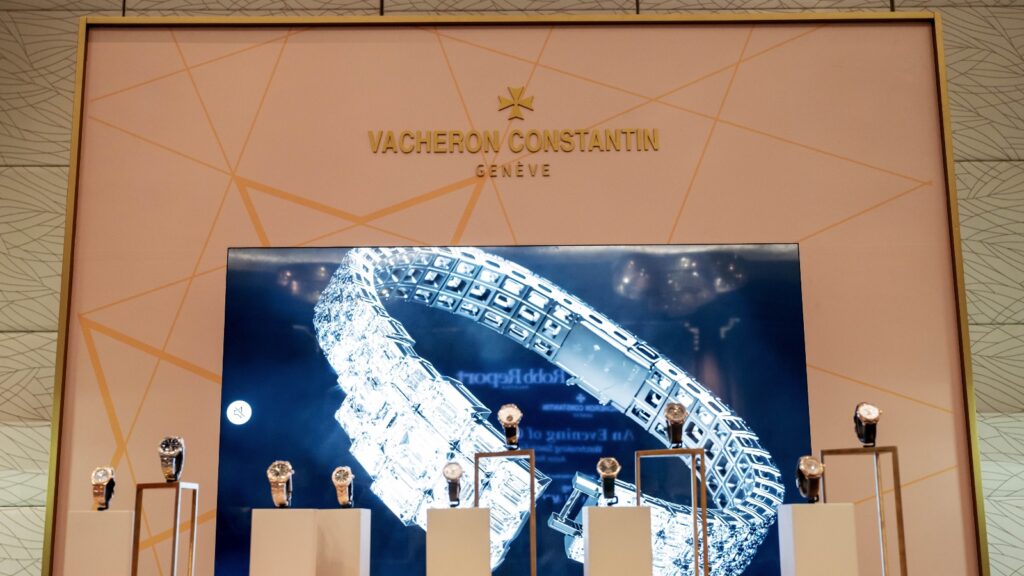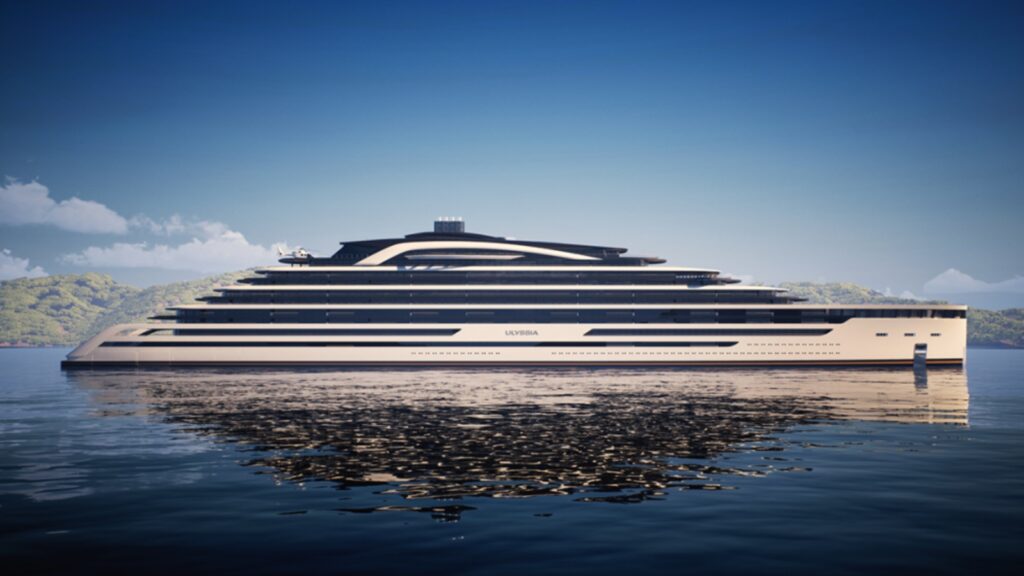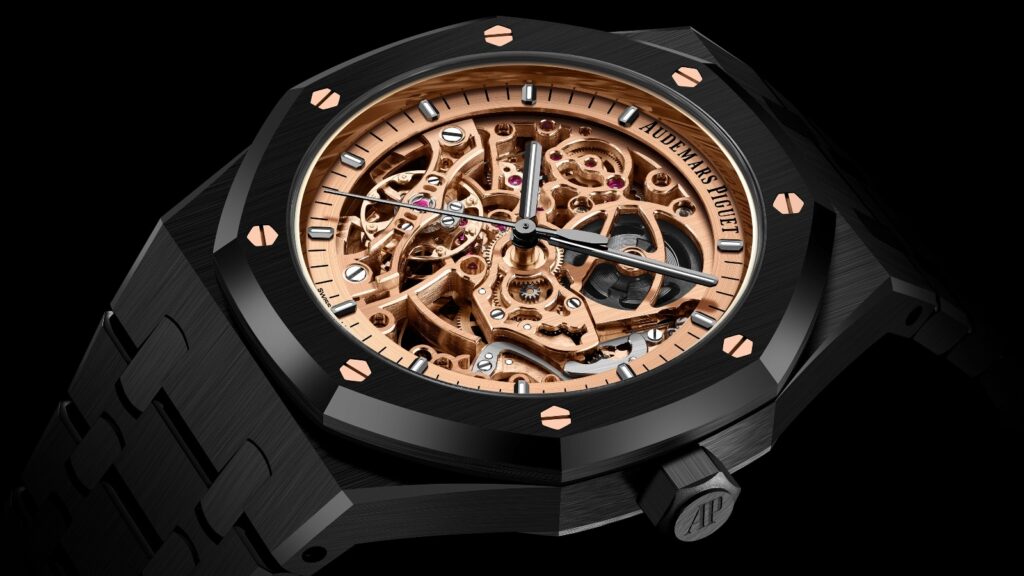Dresden is a historically and culturally significant city in the eastern German state of Saxony, a traditional centre of arts and science. It also bears deep scars. Today, its city centre is as richly compelling as many old European cities, its cobblestoned streets lined with cafes, stores and centuries-old architecture. But much of it was turned to rubble by Allied bombs in February 1945, during the final stretch of World War II. If you were to visit Zwinger, for example, an expansive example of baroque architecture that was built in 1709 and today serves as an event space and museum complex, you may notice some sections of its stonework are significantly less weathered than others. That is because its restoration was only completed in the 1960s. The nearby Frauenkirche (‘The Church of Our Lady’), with its dome standing proudly over the city, was only re-completed in 2005.
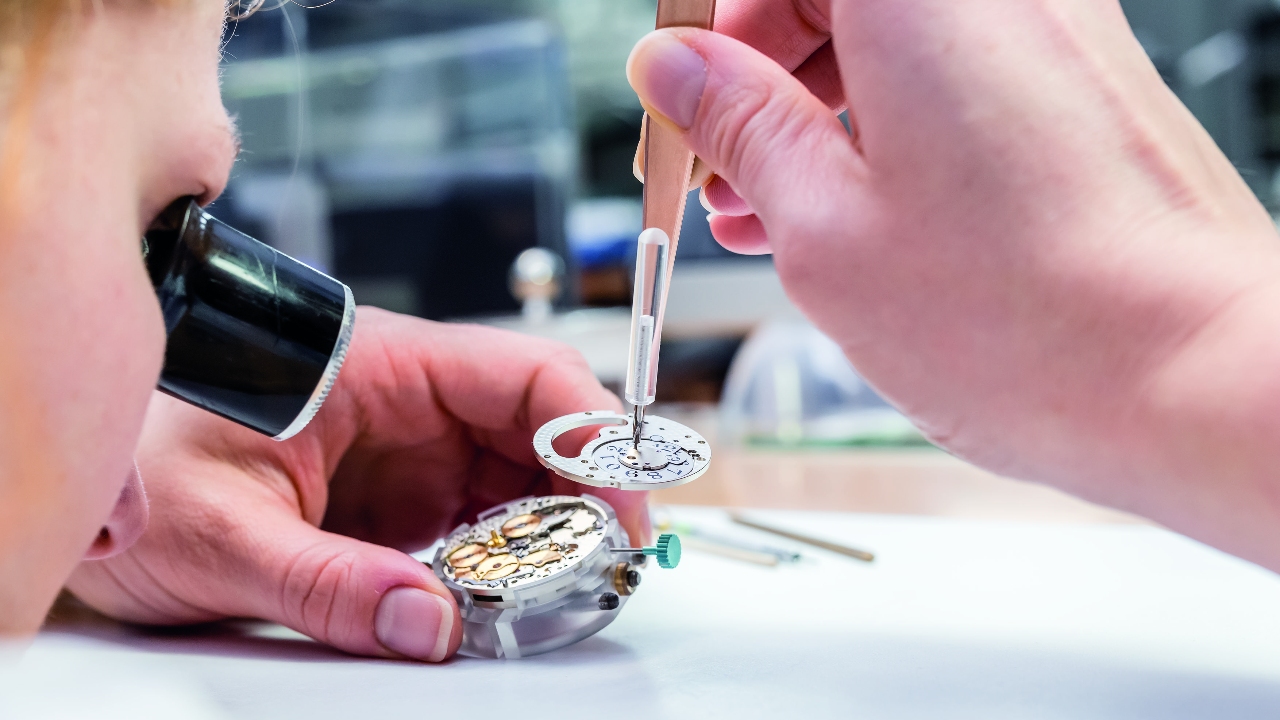
South of Dresden, about a 45-minute drive through rolling hills that Russian soldiers once marched through, is the small town of Glashütte. This is where Walter Lange was born to a family that owned a watch manufacture. In 1942, three weeks after his 18th birthday, he was drafted to fight on the Eastern Front, interrupting his watchmaking apprenticeship. Surviving several injuries, he was able to return home on 7 May 1945. In the early hours of 8 May, he was awakened by explosions as Glashütte experienced its first and only bombing run of the war. It was only later that evening, at 11:01pm, that Germany’s unconditional surrender came into effect and brought about the end of formal hostilities in the European theatre.
In his memoirs, Walter Lange wrote that he did not believe Glashütte was deliberately targeted, with the attack likely intended for retreating soldiers. Still, the damage was done—the main production building of the watch manufacture A. Lange & Söhne had been almost completely burned down. The worst was yet to come; even as the Lange family sought to rebuild, the new communist government of East Germany expropriated the company. A. Lange & Söhne was merged with several others to become a state-owned watchmaker and effectively ceased to be.
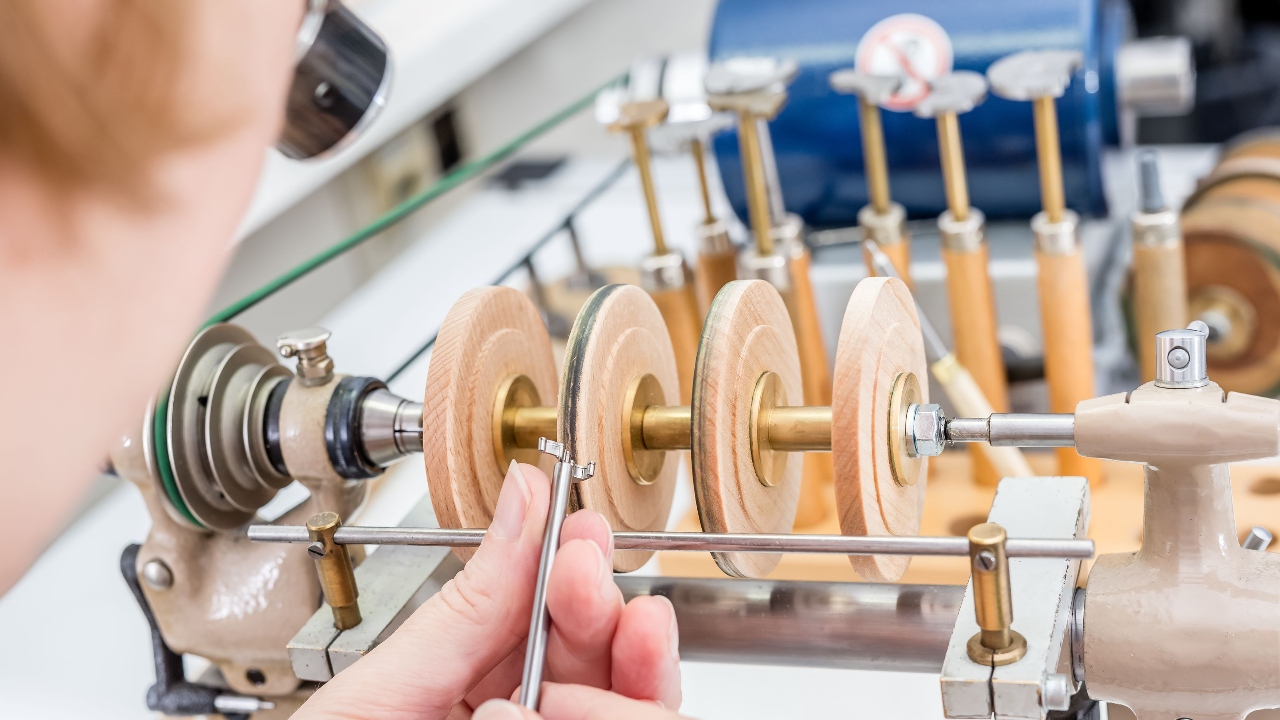
This was something of a horological tragedy. Ferdinand Adolph Lange, watchmaker and Dresden native, had come to Glashütte in 1845 to revive an economy that had waned badly since silver mining deposits had recently run dry. His solution: to kickstart an entire industry based around the production of pocket watches. The manufacture A. Lange & Söhne was founded, and Glashütte became a centre for the craft—supporting an entire industry of suppliers, manufactures, and specialists, as well as attracting other prominent watchmakers in the process. By the turn of the 20th century, the town was a watchmaking hub and A. Lange & Söhne had acquired a reputation as a producer of especially fine timepieces—internationally renowned and presented as gifts to royalty.
Walter Lange was Ferdinand Adolph’s great-grandson. Denied the chance to continue his family’s legacy, in 1948 he whisked himself away to West Germany, settling in Pforzheim where he would work in various watchmaking jobs. He kept a close eye on the political and economic situation of his divided country, and decades later, the opportunity came as the Berlin Wall came down and paved the way for German reunification. It was 1990, and Lange was a retiree in his late 60s. With backing from the company VDO and its savvy industry veteran Günter Blümlein—who headed a watch division that included Jaeger-LeCoultre and IWC Schaffhausen—Walter Lange returned to Glashütte to spearhead the rebirth of A. Lange & Söhne.
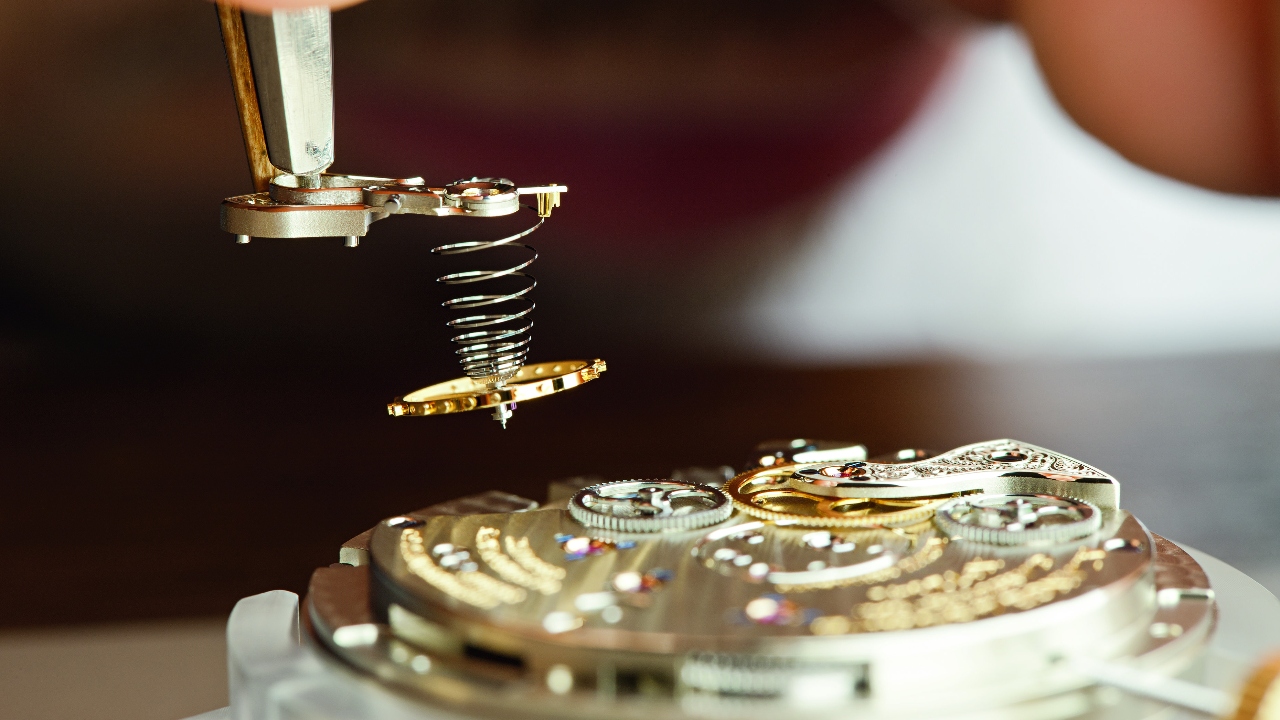
The rest is already a modern-day legend. In 1994, Lange and Blümlein presented the first of the contemporary A. Lange & Söhne watches—the Lange 1, Saxonia, Arkade, and Tourbillon ‘Pour Le Merite’—to enthusiastic acclaim, thanks to their innovative design and mastery of traditional German-style watchmaking. The unveiling was conducted in Dresden’s Royal Palace, in a half-completed room that was part of its ongoing reconstruction.
The renewed A. Lange & Söhne thus started off on a high note, and it never really stopped. With modern classics such as the Datograph, the Zeitwerk, and the Lange 1 that continues to be a mainstay, as well as one incredible feat of complication after another, A. Lange & Söhne is held in the highest regard by today’s watch collectors.
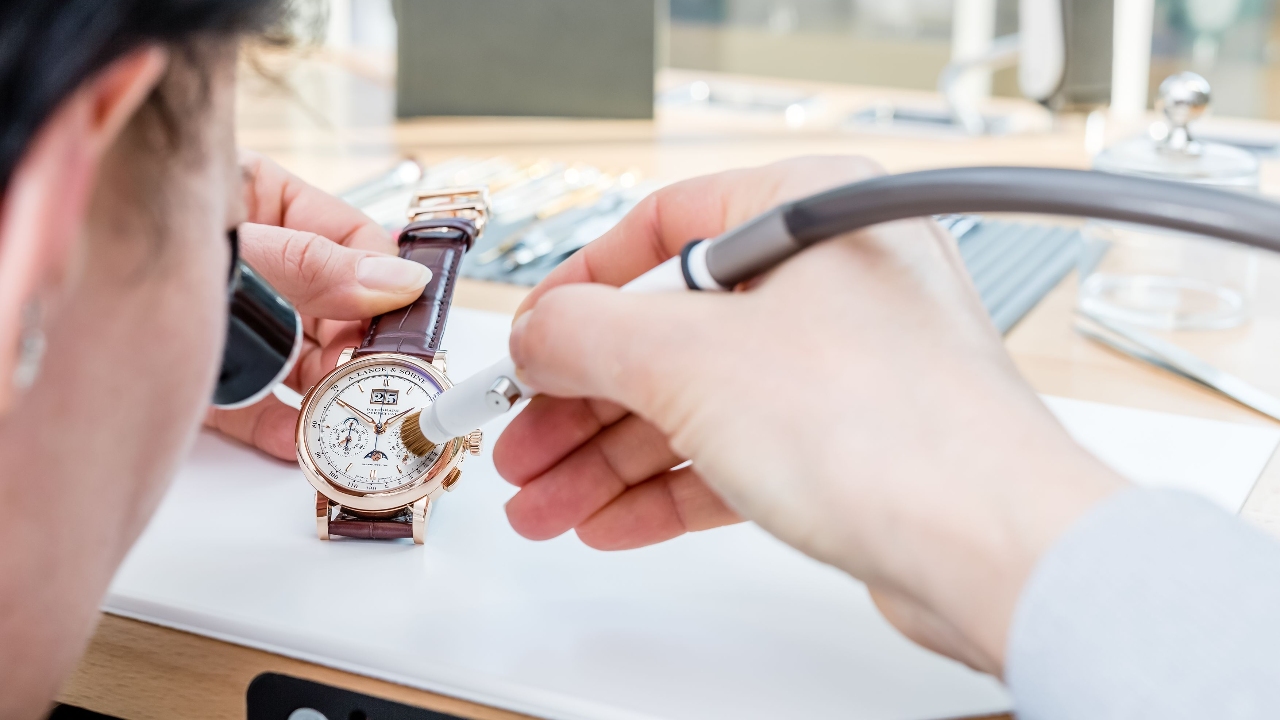
Today, its administrative headquarters is the Stammhaus, which was constructed by Ferdinand Adolph Lange in 1873 to serve as both a family home and production space. It was the house in which Walter Lange grew up, and the company was able to reacquire it in 2000. It sits more or less in the centre of town, with the apt address of Ferdinand-Adolph-Lange-Platz-1. The production buildings are just down the road; in getting there, one will walk past the likes of Nomos Glashütte, Glashütte Original, Tutima, and Moritz-Grossman. Glashütte watchmaking is alive and well today, with a tight-knit community.
The brand today is famous for its quite limited production, which is in the region of 5,000 timepieces per year. But it is not that small of a manufacture; on the contrary, the ateliers of its finishers and watchmakers can feel downright crowded at times. Its dozens of watchmakers are grouped by specialty—the Lange 1, Zeitwerk, and chronographs have their own departments, for example. It seems that a commitment to quality takes manpower and time. The brand’s insistent use of untreated German silver for its silver movement components, for instance, necessitates extra care as it is especially vulnerable to tarnishing due to skin oils; one errant finger swipe will necessitate polishing, if the component is to be saved. All movements are also assembled twice, not for any vanity but because it is the only way to make the minute adjustments required to make sure all a movement’s components are working perfectly in sync.
A. Lange & Söhne is also a surprisingly complete watch manufacture—surprising, because its more technical capabilities do not make it to production watches. Screws, for example, are blued in-house but not made in-house—except when they are. “We know how to make them. We have a certain capacity, and we do make them for prototypes,” explains Anthony de Haas, Director of Product Development. But sourcing them from a capable supplier is far more cost-effective. “We can make them, no problem; but for the production flow, it’s way easier,” he explains, noting that his watches are already costly and have long waiting lists.
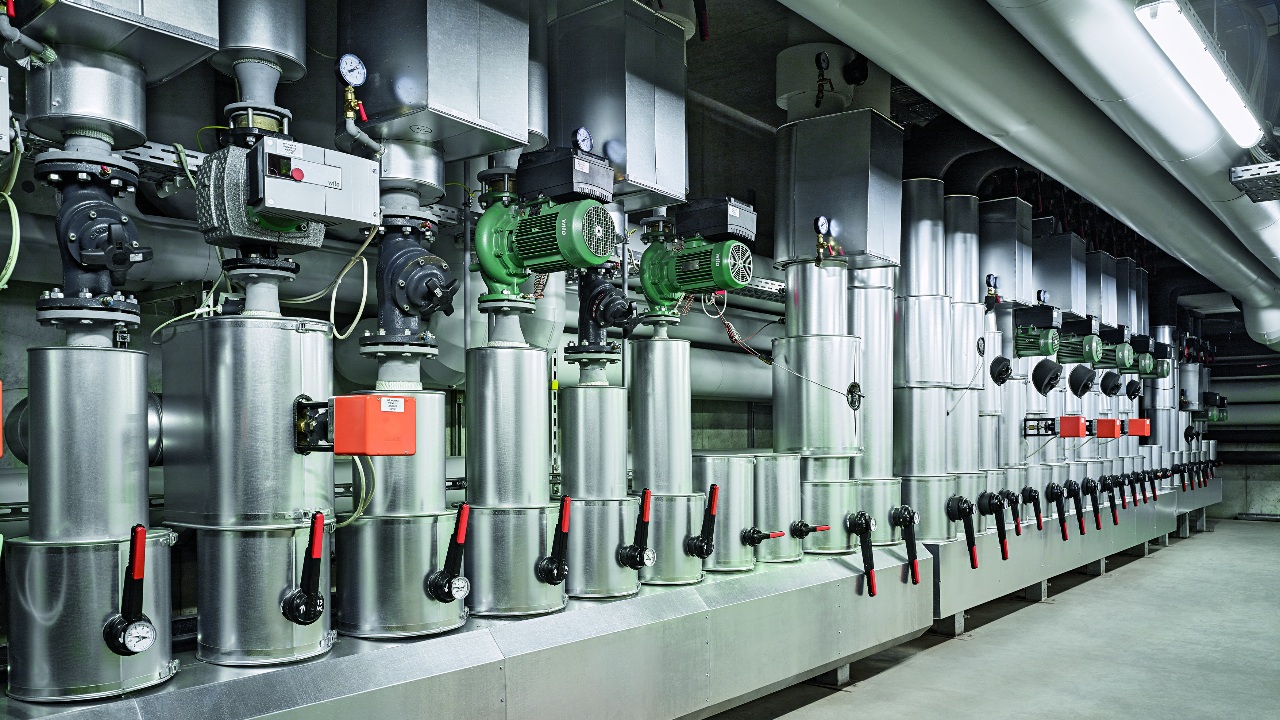
Similarly, hairsprings are capable of being produced in-house but some are reserved for research and development. The Zeitwerk’s remontoir system is an example of such. “We would never have found the solution, or come to the idea of the remontoir system if we haven’t had the hairspring manufactory here,” de Haas explains.
As innovative and esteemed as A. Lange & Söhne continues to be, it is safe to say that Walter Lange would consider the brand in good hands. He passed away in 2017, at the age of 92, and was able to witness the rebirth and success of his family business. “Günter Blümlein once spoke of the fact that a Lange watch is a complete work of art, comprising a long history, the passion of its employees for a fine watch, the style of the house, the responsibility that comes with tradition, and finally the unique technology and art of watchmaking that we have prescribed for ourselves,” he wrote in his memoirs. “I can only agree with this.”
